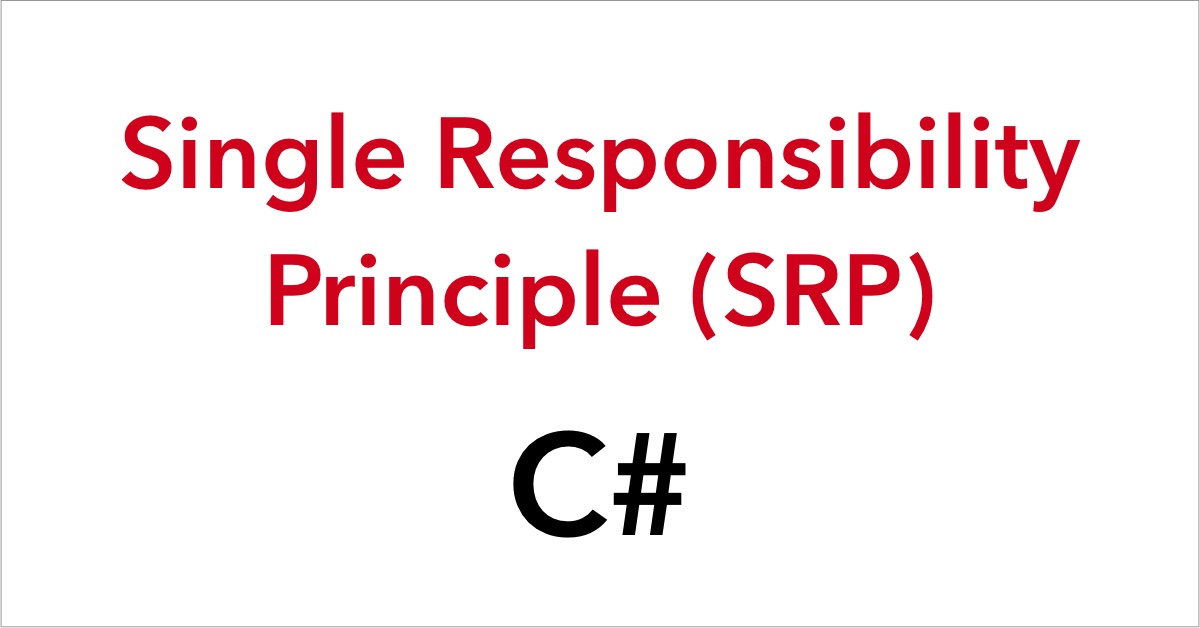Single Responsibility Principle (SRP) in C#
In my previous article I wrote about what they are and why to use Solid Principles in C#. In this article, I am going to show you when and how to use the Single Responsibility Principle in C# with an example project. You can find the repository on GitHub. The master branch shows the initial […]
